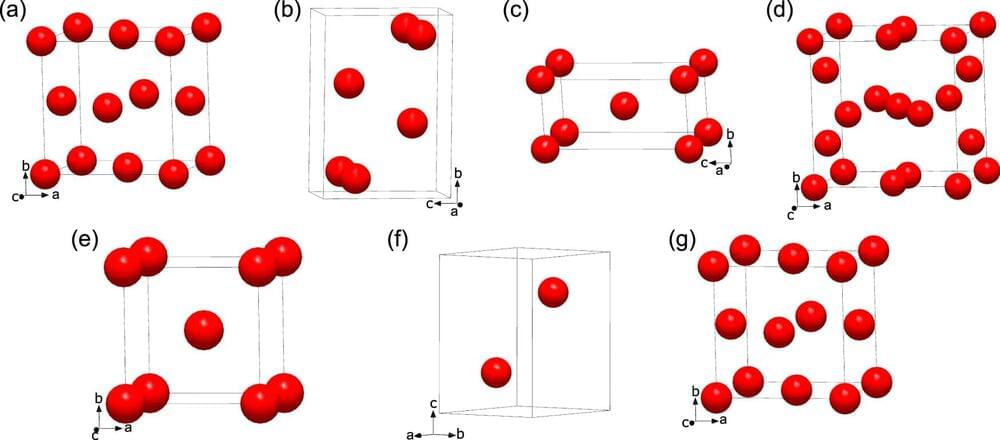Superconducting materials are characterized by the fact that they lose their electrical resistance below a certain temperature, the so-called transition temperature. In principle, they would be ideal for transporting electrical energy over very long distances from the electricity producer to the consumer.
Numerous energy challenges would be solved in one fell swoop: For example, the electricity generated by wind turbines on the coast could be channeled inland without losses. However, this would only be possible if materials were available that have superconducting properties at normal room and ambient temperatures.
In 2019, an unusually high transition temperature of minus 23 degrees Celsius was measured in experiments coordinated by the Max Planck Institute in Mainz. The measurement took place at a compression pressure of 170 gigapascals—1.7 million times higher than the pressure of the Earth’s atmosphere. The material was a lanthanum hydride (LaH10+δ), a compound of atoms of the metal lanthanum with hydrogen atoms. The report on these experiments and other similar reports remain highly controversial. They have internationally aroused great interest in research on lanthanum hydrides with different compositions and structures.
